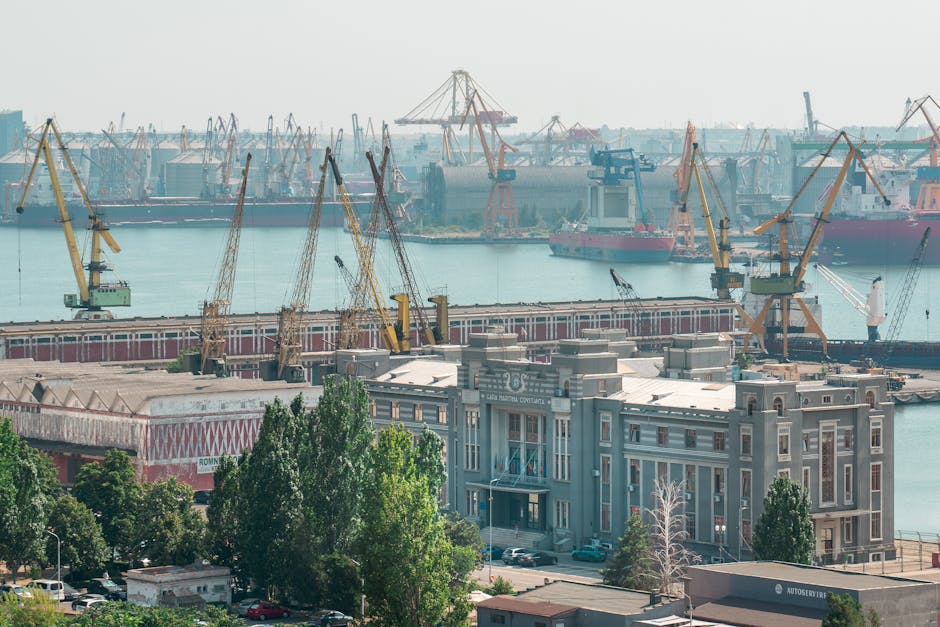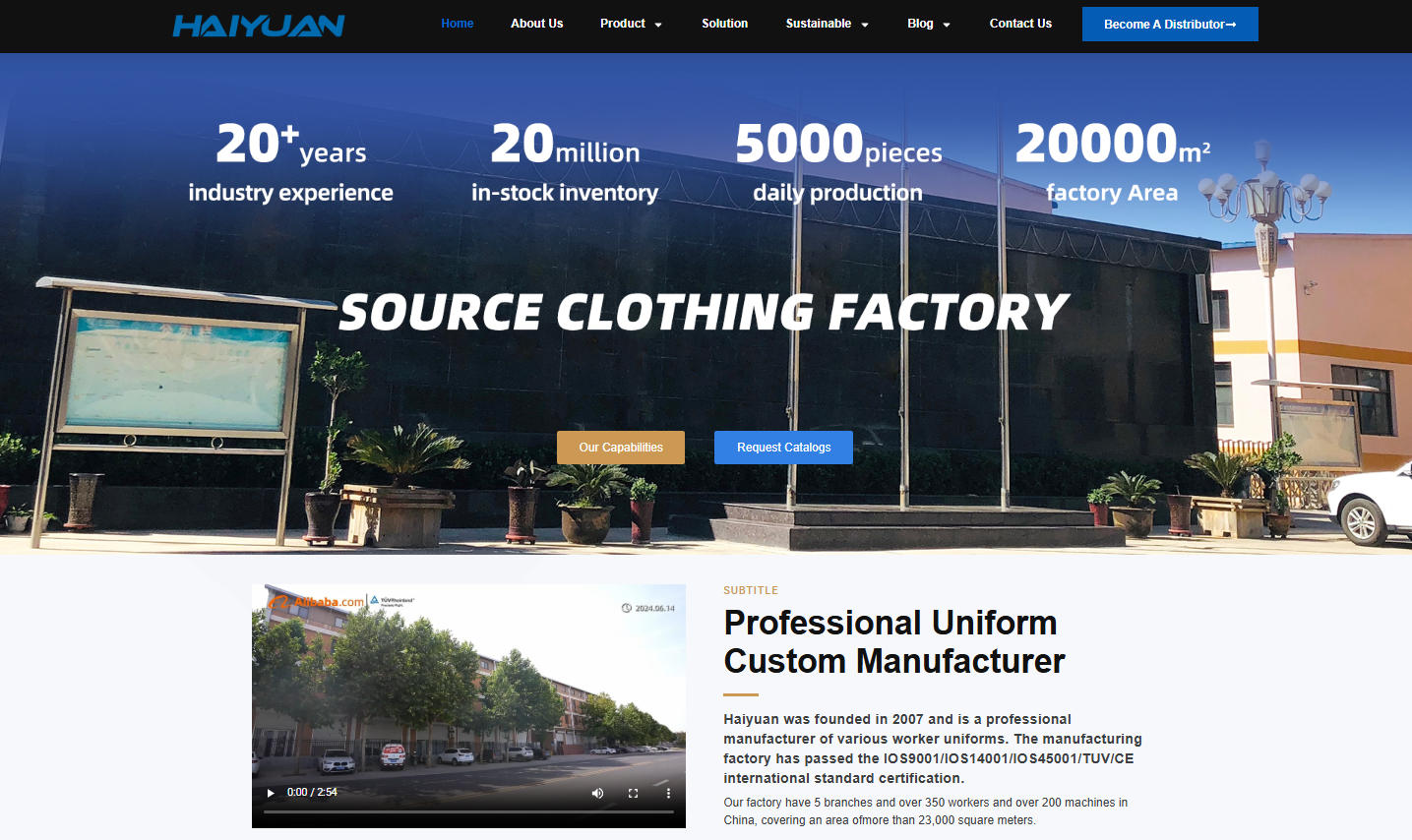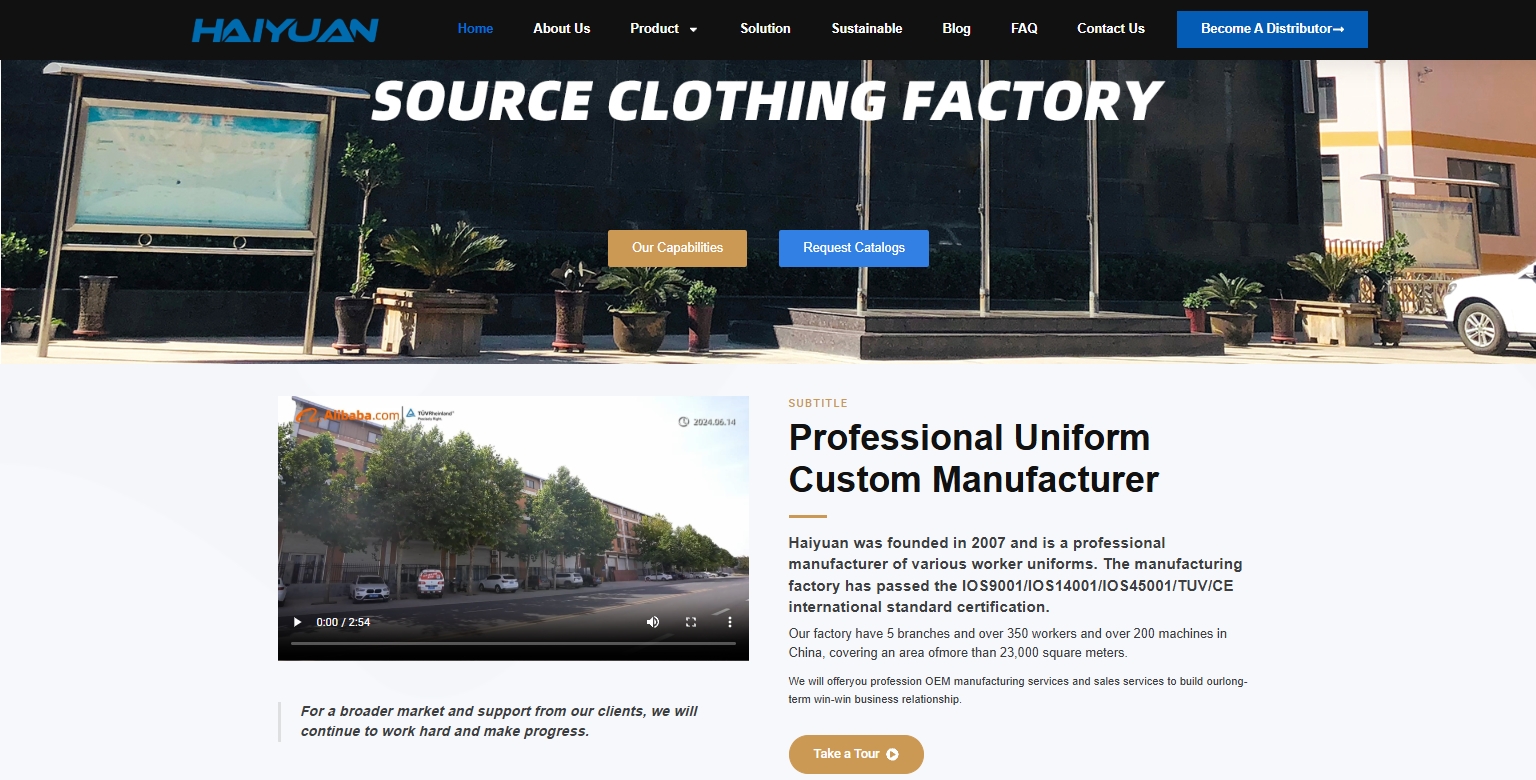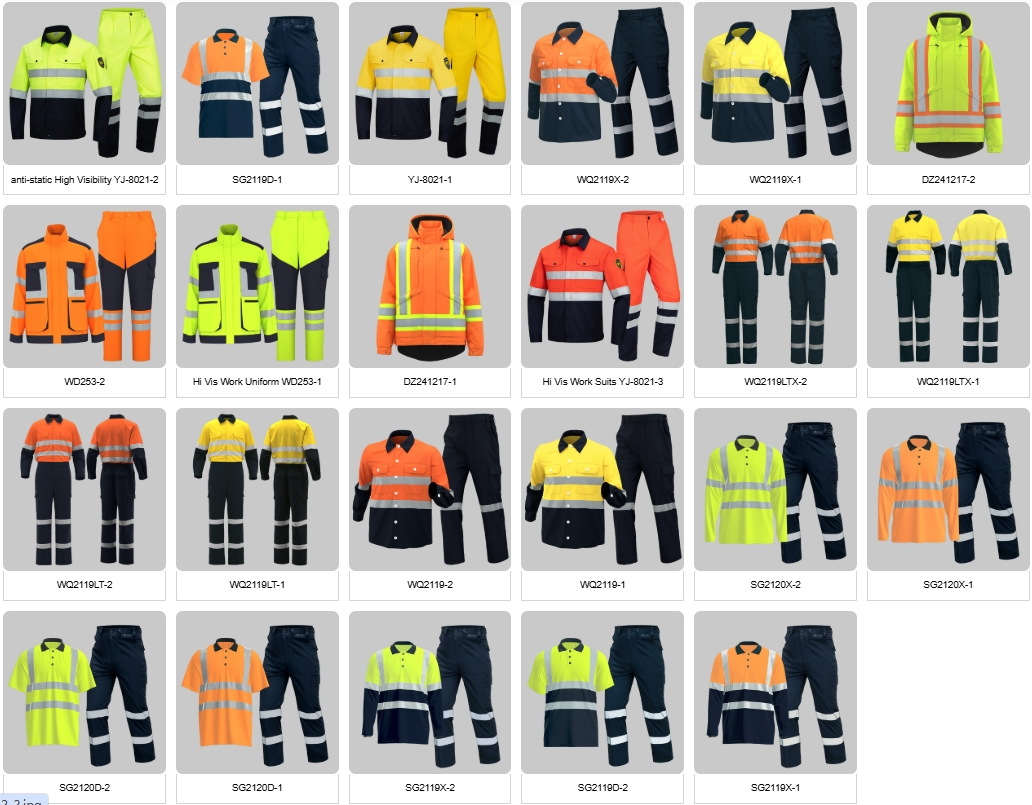Here is a detailed analysis of a Romanian company importing custom logo work uniforms from China, reflecting Romania’s strategic position as an EU member and a key gateway on the Black Sea.
Executive Summary
For a Romanian company, this is a highly efficient and strategically advantageous supply chain model. Romania’s EU membership and direct access to the Black Sea via the Port of Constanța create a streamlined and cost-effective logistics corridor. This model leverages China’s cost-effective production and customization with Romania’s seamless access to the European single market.
The Import Process: Step-by-Step
Phase 1: Sourcing & Planning (in Romania)
-
Define Requirements: The company finalizes uniform designs, fabric types (for Romania’s continental climate), colors, and logo specifications (embroidery, printing). Compliance with EU safety standards is essential for specific industries (e.g., EN ISO 20471 for high-visibility clothing).
-
Supplier Sourcing: This is primarily done online via B2B platforms like Alibaba.com or Made-in-China.com. Attending the Canton Fair is also a highly effective option.
-
Request for Quotation (RFQ): The company sends detailed specifications to multiple suppliers to compare pricing, MOQ (Minimum Order Quantity), and production timelines.
Phase 2: Negotiation & Production (with China)
-
Sample Approval: This is a critical and non-negotiable step. The Romanian company must request and approve a physical sample to check quality, fit, stitching, and logo application before mass production begins.
-
Contract Finalization: Both parties agree on the final price, payment terms (typically 30% deposit, 70% before shipment), and Incoterms. The most strategic terms are FOB (Chinese Port) or EXW (Chinese Factory), giving the Romanian buyer control over the main shipping leg.
-
Production & Quality Control: The factory begins mass production. The buyer should request production updates. For large orders, a pre-shipment inspection by a third-party agency is highly recommended to ensure quality matches the approved sample.
Phase 3: Logistics & Import (The Key Phase for Romania)
-
Logistics – The Black Sea Gateway:
-
Primary Route: Sea Freight to the Port of Constanța. This is Romania’s biggest logistical advantage. Goods are shipped in a container from a Chinese port (e.g., Ningbo, Shanghai) directly to the Port of Constanța, the largest port on the Black Sea. This route is often less congested than North European ports and provides the most direct entry into Romania and the wider region. Transit time is approximately 30-40 days.
-
China-Europe Railway: An excellent alternative for faster delivery. Goods travel by train to hubs in Hungary or Poland and are then trucked to Romania. This is faster (18-25 days) but often more expensive than sea freight.
-
Air Freight: Very expensive and reserved for samples or extremely urgent, small orders.
-
-
Customs Clearance in Romania (EU):
-
As an EU member state, Romania follows the Union Customs Code (UCC). The goods are declared to Romanian customs, after which they can circulate freely within the EU single market.
-
Required Documents: Commercial Invoice, Packing List, Bill of Lading (for sea freight), and Certificate of Origin.
-
EORI Number: The Romanian company must have an EORI number starting with ‘RO’ to conduct import activities.
-
Customs Broker: While a company can handle its own declarations, hiring a Romanian customs broker is highly recommended. They will handle the import declaration, ensure correct HS code classification for textiles, and manage the payment of import VAT (standard rate is 19%) and any applicable customs duties.
-
Key Advantages for a Romanian Company
-
Cost-Effectiveness: Significant production cost savings compared to manufacturing within the EU.
-
Strategic Port Access: The Port of Constanța provides a direct, uncongested maritime gateway that reduces transit time and costs for goods destined for Romania and surrounding landlocked countries.
-
EU Single Market Access: Once customs-cleared in Romania, the uniforms can be sold or distributed to any other EU country without further customs checks.
-
Strong Industrial and IT Base: Romania’s robust automotive, manufacturing, and IT sectors create high demand for industrial and corporate workwear.
Challenges & Risk Mitigation
-
Quality Control Risk:
-
Risk: Receiving a large order that does not meet the quality standards of the approved sample.
-
Mitigation: The sample process is paramount. For significant orders, invest in a third-party inspection service in China.
-
-
Logistical Delays:
-
Risk:* Sea freight can be subject to delays due to weather in the Black Sea or port congestion.
-
Mitigation: Work with an experienced freight forwarder. Plan for buffer time in your schedule.
-
-
EU Compliance and Import Duties:
-
Risk: Textiles and clothing are subject to EU import duties. Incorrect classification can lead to delays and fines.
-
Mitigation: A reliable customs broker will ensure correct HS code application and duty calculation.
-
-
Payment Security:
-
Risk: Sending a deposit to an unknown supplier.
-
Mitigation: Use secure payment methods like Alibaba Trade Assurance or a Letter of Credit (L/C). Start with a smaller trial order to build trust.
-
Strategic Tips for Success
-
Leverage the Port of Constanța: This is your primary strategic advantage. Choose a freight forwarder with strong experience and relationships at this port.
-
Partner with Local Experts: A skilled Romanian customs broker and a reliable freight forwarder are as crucial as a good supplier in China.
-
Build a Supplier Relationship: Invest in a long-term partnership with 1-2 proven Chinese factories for better pricing and service.
-
Calculate the Total Landed Cost: Factor in the product price, shipping, insurance, and all import taxes and fees to understand your true cost per uniform in Romania.
Conclusion
For a Romanian company, importing custom work uniforms from China is a highly strategic and profitable business model. Romania’s unique combination of EU membership and direct access to the Black Sea via the Port of Constanța provides a significant logistical edge.
By combining China’s manufacturing capabilities with the efficiency of the Port of Constanța and Romania’s seamless EU integration, a company can reliably supply the domestic market and act as a distributor for the wider EU with high-quality, customized workwear at a competitive price. Success is achieved through diligent supplier vetting, rigorous quality control, and partnering with expert logistics and customs professionals within Romania.
For some insightful reads, we’ve curated a list of recommended articles just for you:
- How do I find a product manufacturer in China?
- How to find cheap manufacturers in China? A guide to avoid pitfalls
- How to complete your first purchase of workwear in China safely and efficiently
- Custom uniforms for Small business
- Choosing the Best Industrial Work Suit
- Ultimate Guide: Best Wholesale Work Clothes in China
- Cut & Sew Customization
- Logo Customize Clonthing Manufacturer
- Labour Uniform manufacturer
- Labor clothing uniform for sale
- Working clothes china wholesale
Can’t find what you’re looking for? Feel free to contact us. We’re here to help 24/7.
Useful links:





